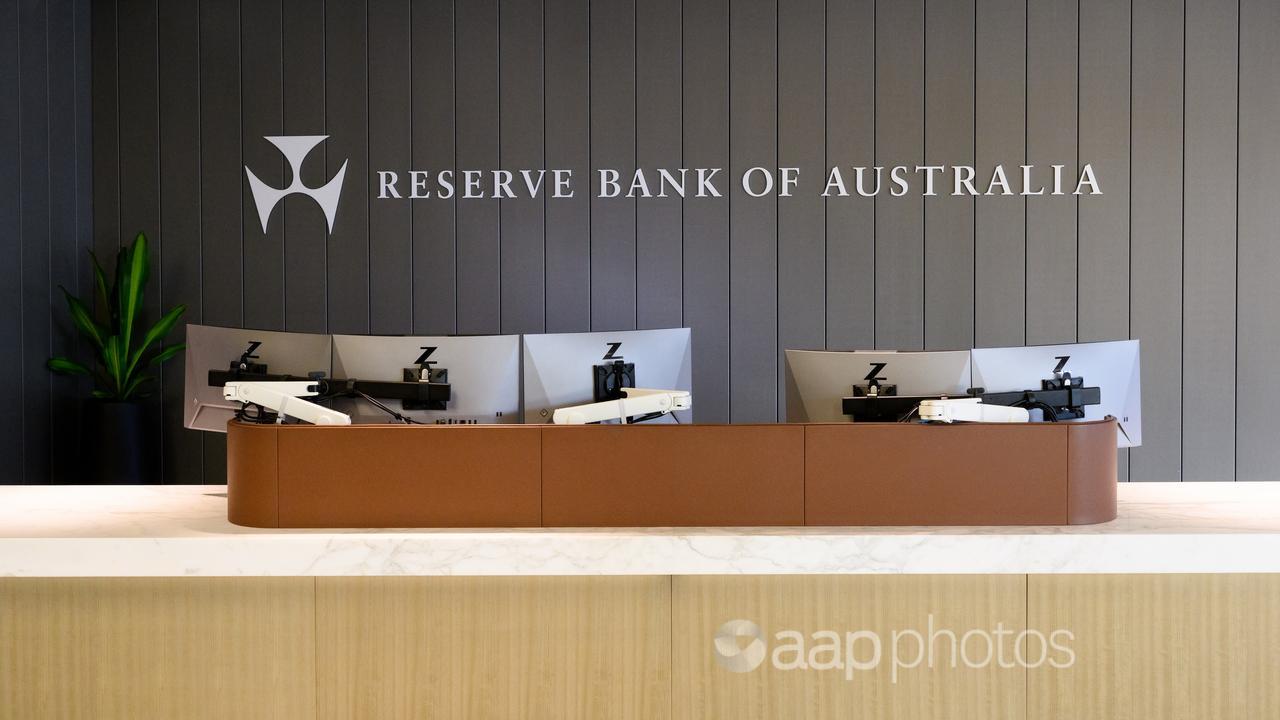Australians are well-placed to ride out economic challenges such as inflation despite a slight increase in mortgage holders falling behind on payments, the nation’s central bank says.
While inflation remains sticky and interest rates are high, households remain resilient, the Reserve Bank of Australia said in its half-yearly financial stability review released on Thursday.
A small but growing group of borrowers are experiencing financial stress but easing inflation and subsequently lower interest rates are expected to help households keep up with mortgage payments.
“While a small but rising share of Australian households are falling behind on their mortgage repayments, the vast majority of borrowers continue to be able to service their debts and most have maintained, if not added, to their mortgage buffers,” the review said.
Minimum payments for most mortgage holders have increased by 30 to 60 per cent since May 2022.
While home loan arrears have risen slightly, fewer than one per cent of owner-occupiers are more than 90 days behind in their payments, in line with pre-COVID 19 pandemic levels.
Higher-leveraged borrowers, such as investors with multiple properties, have been hit harder by rising interest rates than less leveraged groups such as first home buyers.
NAB head of market economics Tapas Strickland said the report pointed to “a high level of resilience in the Australian financial system”.
“Banks expect arrears rates to remain around their pre-pandemic levels,” he said.

Household disposable incomes have dropped to their lowest levels in at least six years, but recent tax cuts and easing inflation are expected to cause conditions to improve.
Monthly inflation data released by the Australian Bureau of Statistics on Wednesday showed headline price growth slowed to 2.7 per cent in the 12 months to August.
Underlying inflation also eased but is still running higher than the Reserve Bank’s two to three per cent target range at 3.4 per cent.
Low unemployment meant most households were well-placed to service their debt given they had maintained reliable income streams, the central bank said.
The situation was similarly benign for most businesses, which continued to manage pressures on cash flow and balance sheets, aided by their strong starting financial positions before inflation ran rampant.
However, challenging conditions for many firms – especially small businesses – and the removal of pandemic-era supports have resulted in a sharp increase in insolvencies, albeit from a low base.

Banks also remain in relatively good shape.
Their high financial buffers – a result of tighter lending restrictions imposed in the wake of the global financial crisis – mean loan books are generally healthy and capable of withstanding the slight uptick in arrears.
The Reserve Bank warned there were still risks to the stability of the global financial system in the form of IT disruptions, a correction to overly optimistic financial markets hit by a negative surprise, and weakness in the Chinese economy.
The review comes as an OECD economic outlook said Australia’s economy was on track to grow by 1.3 per cent in 2024 and 1.8 per cent in 2025, which would be below the average of G20 nations.
“Significant” risks remain despite the global economy’s resilience and inflation moderating, said the OECD, which also warned geopolitical tensions could damage investment.




















